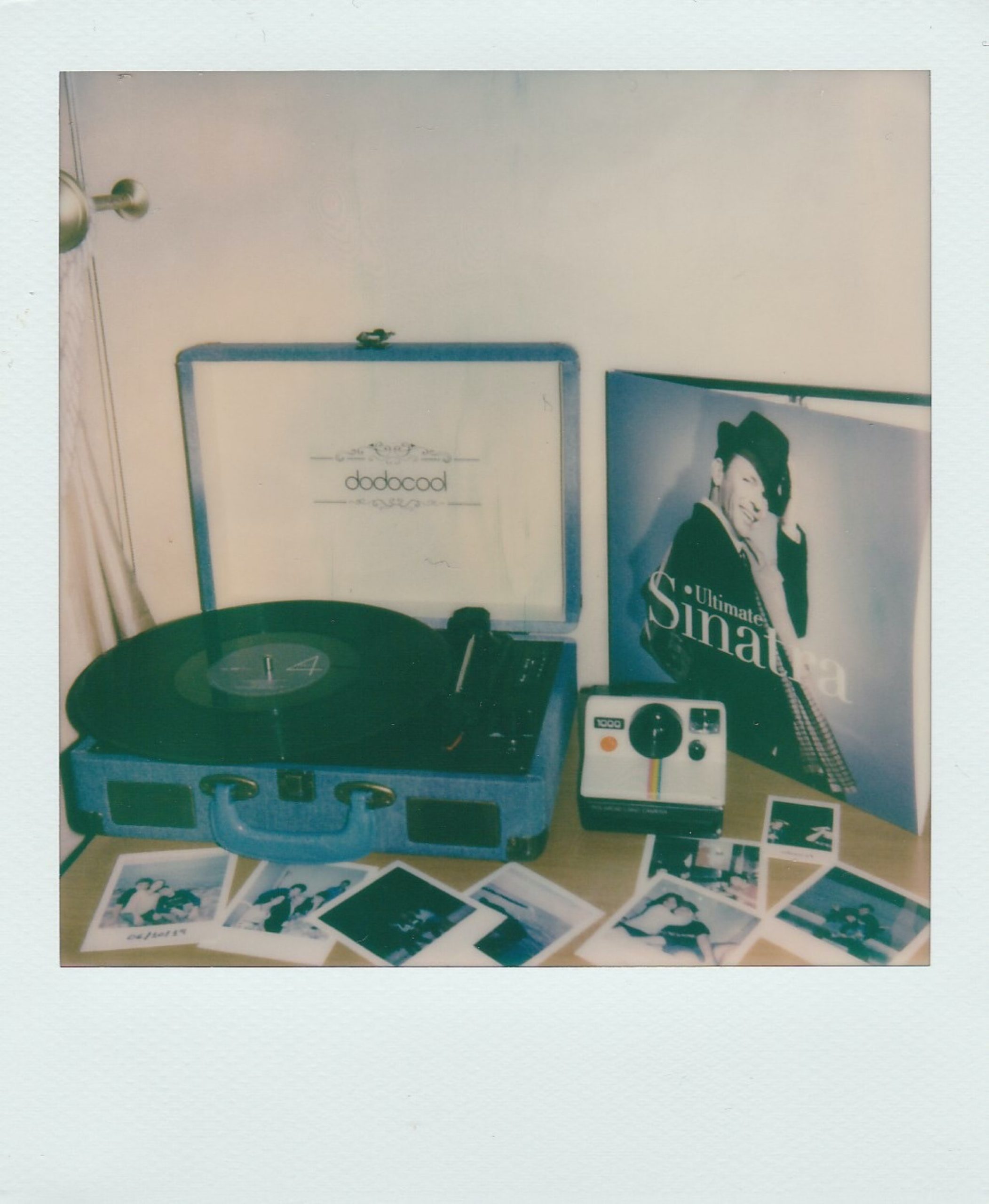Interviewing the Little People is Underrated

One of the most celebrated magazine articles in American history was a profile of an artist and celebrity who did not talk with the author. “Frank Sinatra Has a Cold” appeared in the April 1966 issue of Esquire. Nearly two generations later, the magazine’s editors declared it “the best story” the magazine published in its 70-year history.
It’s easy to see why. The article has a relevant and well-known subject or Great Man, memorable scenes and characters, gem-like prose, and social and personal insight. Consider the lead paragraph, which makes you feel, as F. Scott Fitzgerald’s very best short stories from the 1920s do (see here and here), as if you were in the presence of the principal characters, in this case a “vaguely detached” Sinatra in a dark, smoky Beverly Hills bar:
Frank Sinatra, holding a glass of bourbon in one hand and a cigarette in the other, stood in a dark corner of the bar between two attractive but fading blondes who sat waiting for him to say something. But he said nothing; he had been silent during much of the evening, except now in this private club in Beverly Hills he seemed even more distant, staring out through the smoke and semidarkness into a large room beyond the bar where dozens of young couples sat huddled around small tables or twisted in the center of the floor to the clamorous clang of folk-rock music blaring from the stereo.
In short, the article has everything you could ask of a profile, except an extended interview, or any interview, with the Great Man himself.
Mr. Sinatra rejected the interview request of writer Gay Talese on the grounds that, yes, he had a cold and felt under the weather. Mr. Talese could have thrown up his hands and asked for a kill fee for his article. Instead, and this is the main point, he interviewed ordinary people or what Mr. Talese called “minor characters” in full.
These were the Little People whose livelihoods depended on the Great Man. Perhaps the most memorable was “an inconspicuous grey-haired lady” who carried around his black hairpiece for the generous sum of $400 a week.
Two Universal Truths
In other words, Mr. Talese “wrote around” his subject’s lack of cooperation. How he managed this feat is less important for now; I’ll get to that later. What’s important is the two-part lesson his article holds for reporters and or journalists is more important:
1. Reporters can write great stuff without the subject’s participation. Access to the Great Man or Woman should not be the be-all-and-end all.
2. Interviewing the Little People can be more revealing about not only the Great Man or Woman but also these otherwise ordinary people.
Thes are universal truths seldom acknowledged. As Patrick Radden Keefe of The New Yorker argued, access to powerful and influential figures is overrated. You could even say many journalists have made access a totem. When the Great Man or Woman won’t talk, they give up on the story. Or they become obsequious in hopes of getting the person to talk. Wrote Mr. Radden Keefe,
In celebrity coverage, the amount of control that the singer or actor or athlete has over a story has reached the point where journalism has become fundamentally indistinguishable from propaganda. The interviews that produce such stories are frequently conducted with actual PR person present.
Many non-journalists, too, ascribe totemic significance to the interview with the Great Man. Witness a movie such as the 2008 film Frost/Nixon about British interviewer David Frost’s 1977 televised talks with former President Richard Nixon.
To be sure, interviewing the powerful and influential is an understandable inclination, one not readily appreciated by non-journalists. Access to them make a reporter’s jobs a lot easier. Not only can a big interview help make stories sharper and more informed, also they help reporters avoid missing deadlines. Don’t sleep on those benefits!
Access to the Great Man Has Become a Totem
In addition, top reporters view access to the Great Man or Woman as a competitive advantage. They talk with the powerful and the knowledgeable, while lazy, timid, or naive reporters don’t.
Whatever the motivation, slavish deference to sources, it needs hardly to be said, is corrupt. How else can you describe it? The line between public relations and journalism should be wide. No self-respecting person wants to read propaganda; nor do self-respecting reporters want to write it.
Talk with Ordinary People
In the words of the fictional politico John McKay, there is a better way. That way is to interview and do reporting on, for lack of a better phrase, the “Little People.” Like Mr. Talese, reporters should talk with everyone connected to the Great Man (or Woman).
The executives.
The entourage and hangers-on.
The friends.
The family members.
Bystanders and passersby.
The term “Little People” can be a misnomer. Taken together, they don’t have to be little at all. They can be more the sum of their parts. If they are willing to talk, they can form a warts-and-all portrait of the Great Man. As Mr. Talese wrote,
For the common cold robs Sinatra of that uninsurable jewel, his voice, cutting into the core of his confidence, and it affects not only his own psyche but also seems to cause a kind of psychosomatic nasal drip within dozens of people who work for him, drink with him, love him, depend on him for their own welfare and stability. A Sinatra with a cold can, in a small way, send vibrations through the entertainment industry and beyond as surely as a President of the United States, suddenly sick, can shake the national economy.
“Frank Sinatra Has a Cold” was hardly an anomaly. Jimmy Breslin’s legendary stories “It’s an Honor” and “A Death in Emergency Room One” were based on extensive interviews with heretofore unknown Americans such as the chief surgeon who attempted to save President Kennedy after he was shot in Dallas and the man who dug his grave at Arlington Cemetery.
I admit I have a dog in this fight.
In my book Why the Democrats are Blue, I walked door to door in Westmoreland County in southwestern Pennsylvania two different times to talk with voters about their political allegiances. They were not exactly Little People, as they had no connection a Great Man or Woman, but they were ordinary people that mattered; they helped swing the 2000 and 2004 presidential elections toward the Republicans.
Besides yielding a story that appeared in The Washington Post, my reporting trips revealed a richness impossible to obtain from talking with the Great Man or Woman or gleaning from a standard book or article. One married couple in their 20s in Latrobe lived in a trailer a few miles from the Rolling Rock brewery. While not overtly religious, they were unwavering cultural conservatives. Who would expect that?
The Price You Pay
That said, interviewing ordinary people comes at a cost. The workload is tremendous: 12-hour days, knocking on doors and ringing doorbells, talking with complete strangers. If memory serves, I talked with 50 people in person. Of those, I managed to write about four or five. A 10-percent success rate at best.
You may have noted the examples I cite of reporters talking with ordinary people come from magazine profiles and book chapters rather than articles that appear in daily newspapers.
To be sure, magazines and books are a more natural home for stories based on extensive digging and legwork. And deeply reported stories yield more uncertain outcomes than quick hits based on interviews with the rich and famous, which is one reason that newspapers acquired by private equity firms lay off investigative reporters.
Newspapers and magazines alike should make it a priority to run more longer features based on ordinary people. Based on the reactions to the articles of Messrs. Talese and Breslin, the public loves them and editors do too. What does it say about an industry that undersells a beloved product?
-30-

0 Comments